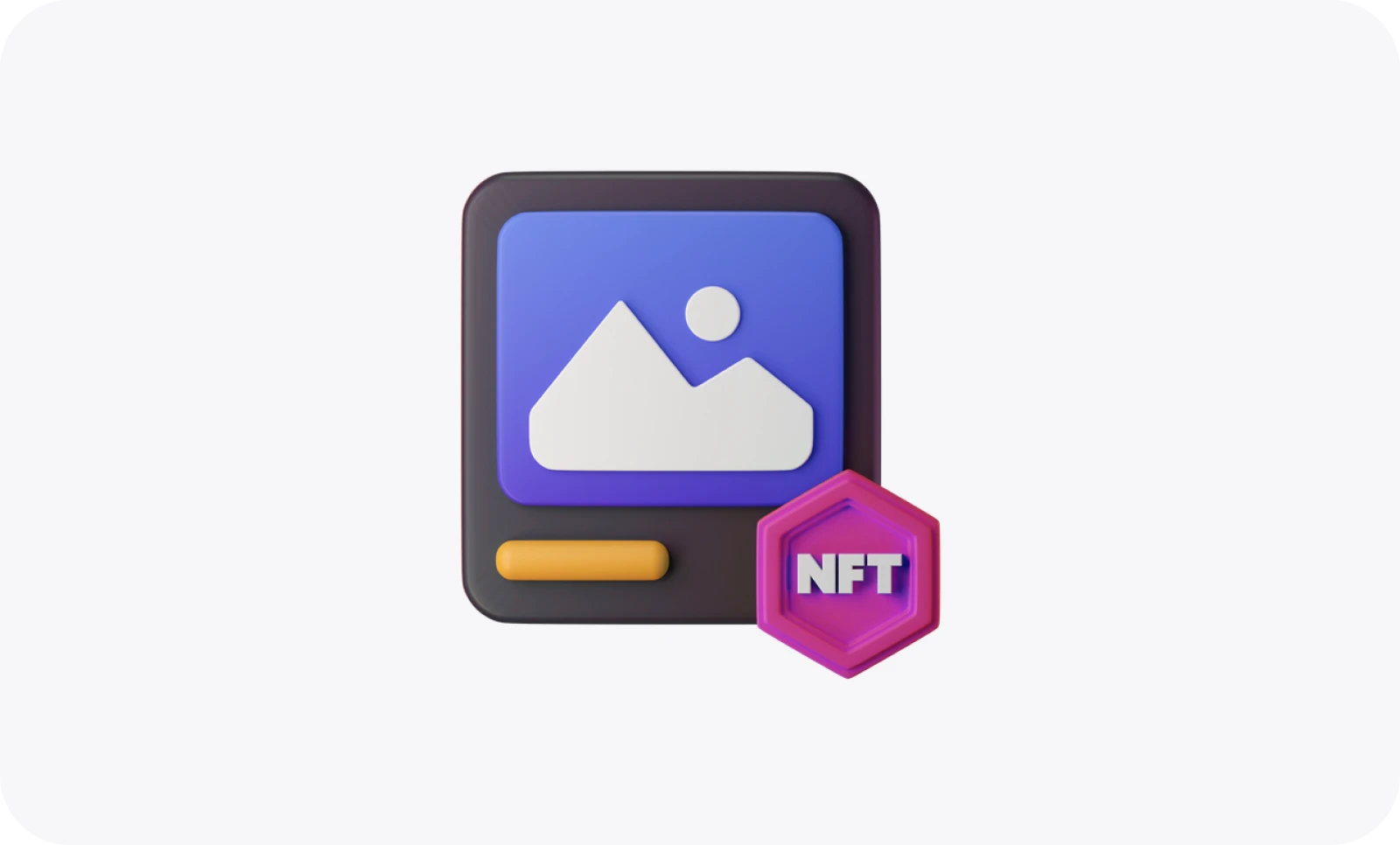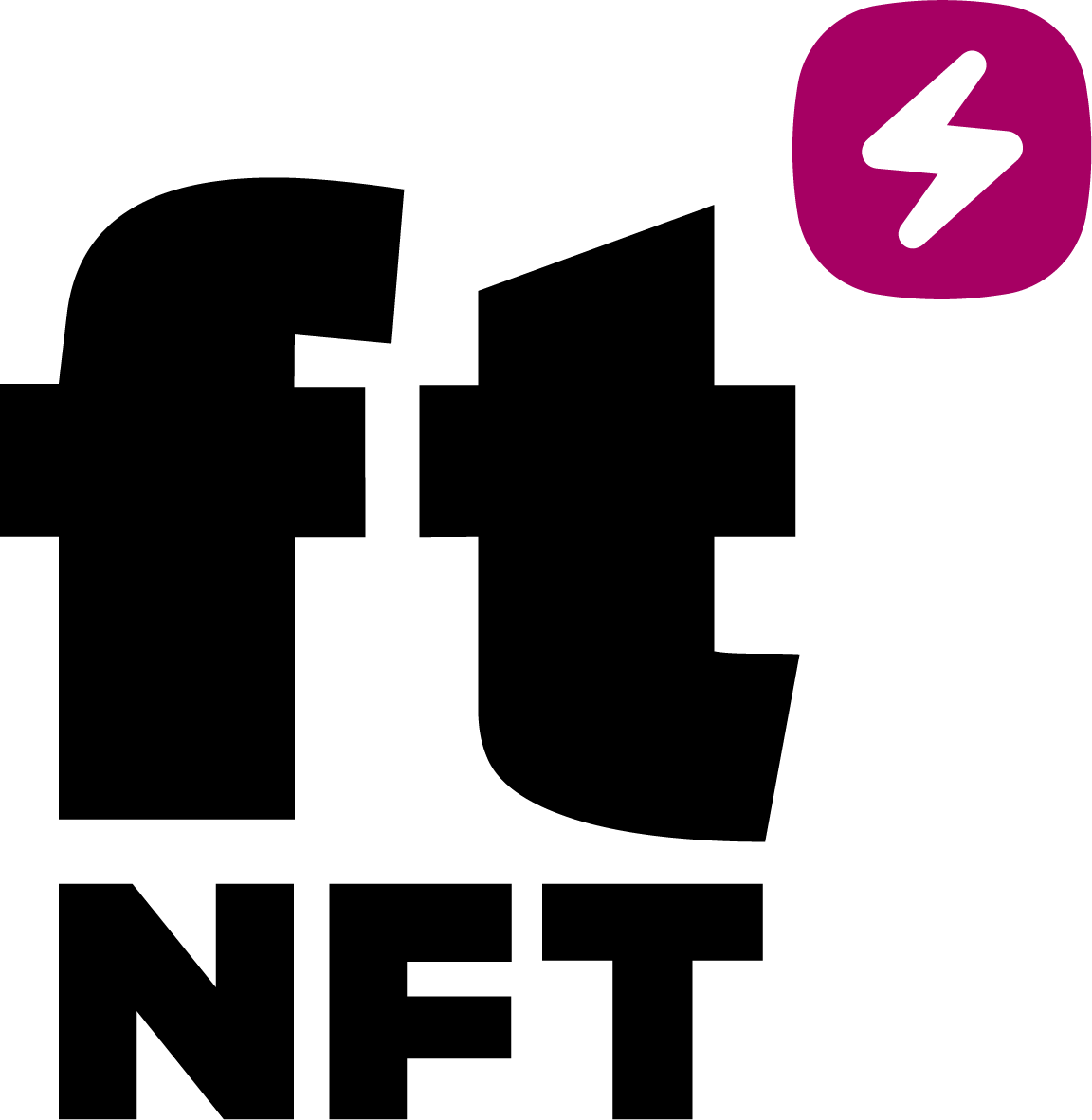
Creating an NFT: A Step-by-Step Guide
NFTs have become increasingly popular and are now widely recognized as valuable digital assets due to their viral collections and the rise of Web3 trends. Their influence extends across industries, making them an important part of the digital landscape.
For those who are unfamiliar with NFTs, it is very important to understand their meaning and how to create them. In a simplified explanation, creating an NFT involves using platforms such as ftNFT to mint and upload the desired asset to the blockchain. However, if you are planning to create your first NFT, you need to go even deeper and get a better understanding of the whole process.
Understanding NFTs
NFTs or non-fungible tokens are unique digital assets with an individual value that can be bought, sold and exchanged. Unlike cryptocurrencies, NFTs cannot be exchanged one for one, because each of them has its own value. This uniqueness comes from their impossibility to reproduce, and they feature metadata that guarantees the authenticity of the asset, preventing any copying or alteration.
The process of creating an NFT involves different approaches, but there are basic steps that apply to all cases.
Why Have NFTs Gained Popularity?
NFTs have become an important topic in discussions about the digital economy, generating both controversy and widespread acceptance on platforms such as Discord and Twitter.
Their popularity can be attributed to several key factors: proof of ownership, uniqueness, verifiability, and rarity. These characteristics make NFTs attractive and valuable, especially for those looking for new investment opportunities.
The advent of NFT platforms has made them more accessible to a wider audience that is no longer limited to people with advanced knowledge, as anyone can now create their own NFT with the proper guidance.
However, before diving into the world of NFTs, it is important to understand some important concepts:
Blockchain: A decentralized and immutable public ledger that ensures the integrity of transactions by making it difficult or impossible to update, hack or manipulate the system. It runs on multiple systems, providing transparency and reliability.
Crypto Wallets: Software that allows users to securely send, receive and store cryptocurrencies. These wallets come in many different types, including digital, hardware and software wallets, and their security depends on how the private keys are stored.
NFT Marketplaces: Online platforms where users can store, view, sell and buy NFTs. They act as centralized nodes for creating, downloading, and listing NFTs for sale. Examples include OpenSea, Binance, and ftNFT.
Minting: The process of creating an NFT token, which involves recording and verifying the ownership and attributes of a digital asset on the blockchain. This turns digital art or content into a blockchain-based digital asset, making it unique and verifiable.
Gas fees: Transaction costs associated with blockchain networks. Users must pay for gas when performing operations or transactions on the blockchain, compensating the network for the computing resources used.
How to Create an NFT?
To create an NFT, follow these basic steps, although the specific process may vary by platform:
1. Understand Your Creation
The first important step is to have a clear idea of what you want to create as an NFT. Recognize the value and uniqueness of your NFT, as creating it without a purpose can be useless.
2. Choosing the Blockchain
After determining the type of NFT you want to create, it’s time to select the appropriate blockchain. Various blockchains such as Ethereum, Solana and Cardano have their own NFT ecosystems. Consider the benefits and compatibility of the blockchain with the NFT platform you plan to use.
3. Setting up a Crypto Wallet
After choosing a blockchain, you will need a compatible digital wallet. Popular options include MetaMask, Coinbase, and Trust Wallet. Alternatively, platforms like Fastex provide a comprehensive crypto ecosystem with integrated exchange, wallet, token and blockchain.
4. Choosing the NFT Marketplace
Finally, it's time to choose the NFT marketplace where you will list and sell your NFTs. This is a very important decision and you need to do a thorough research to choose the best option based on your personal preferences.
However, there are some general features to consider.
Security: Choose an NFT marketplace that prioritizes comprehensive security measures, including two-factor authentication (2FA) and strong encryption, to protect against fraudulent activity.
User-friendliness: Choose a user-friendly and intuitive platform, especially if you are a beginner. Look for marketplaces that support and streamline the NFT creation process for new creators by offering 24/7 support and educational resources.
Gas Fees and Commission Fees: Gather information about the supported blockchain, gas fees, fee structures, and any additional service fees charged by the platform, as each transaction on the blockchain incurs these costs.
Lazy Mining Option: Some marketplaces offer lazy minting, which allows you to download NFTs without gas upfront. Instead, the buyer covers the associated gas fee when the asset is sold, providing more flexibility and cost-effectiveness for new creators.
Please note, the information provided above should not be taken as investment or financial advice. It is important to conduct your own in-depth research before making any decisions or taking actions regarding NFTs.

